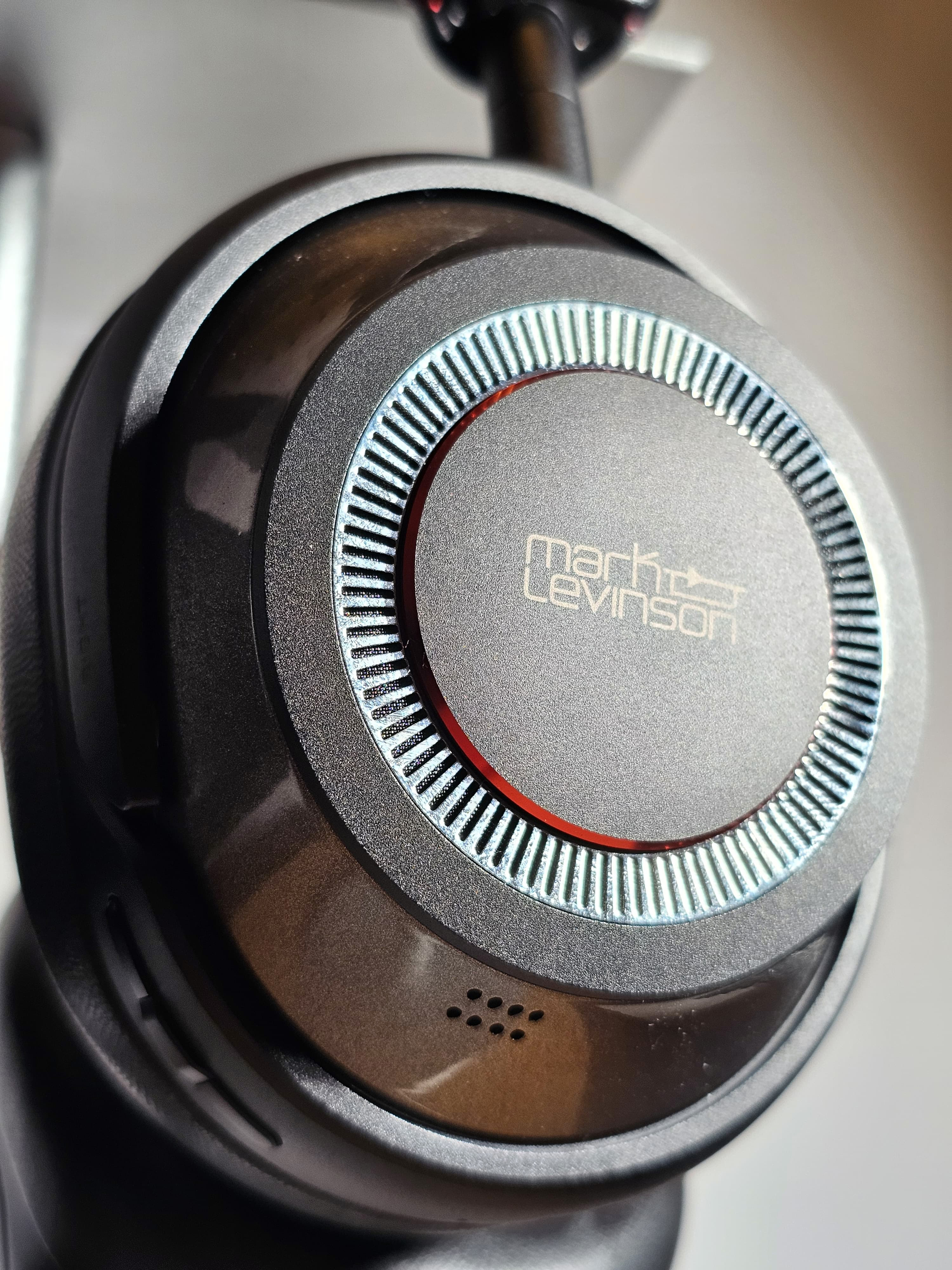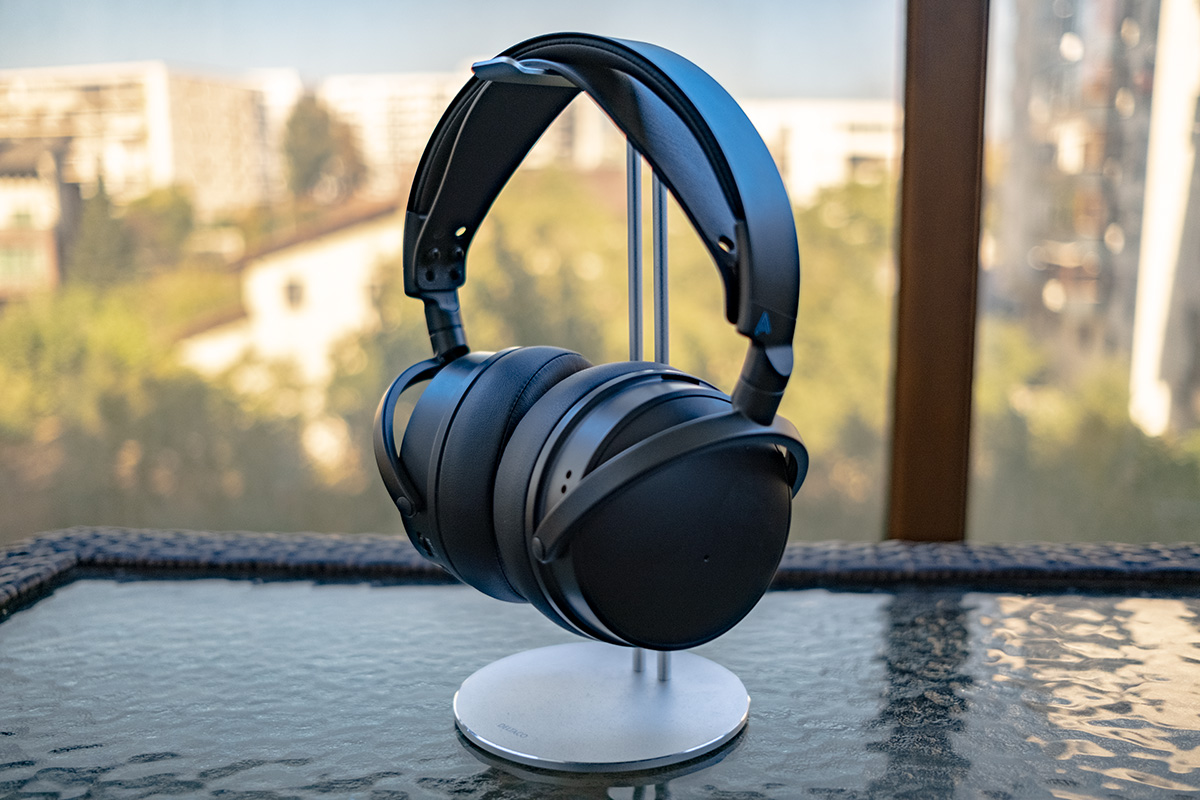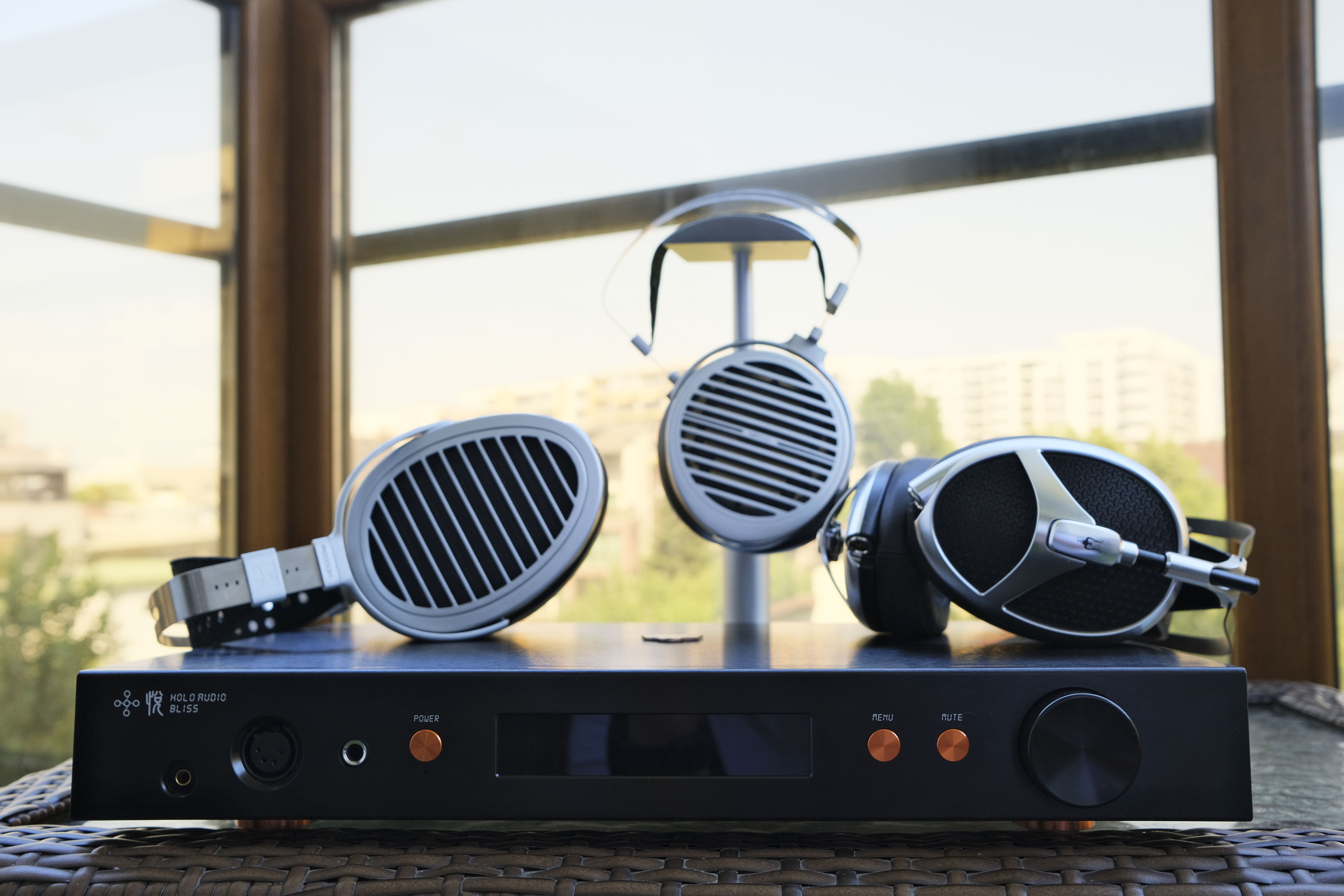Hello everybody,
I have been hearing a lot of people saying that they don’t believe in DACS or that they don’t make a difference.
Well, I remember when a few years ago I was listening to my newly bought Sennheiser HD595 directly from the onboard soundcard in my desktop system. When a friend of mine said that it is a shame to use that headphone that way, I didn’t understand. He told me I should get a better DAC.
When I started looking at the prices I didn’t believe my eyes! I was a little angry and skeptical in the same time. What does DAC mean? Well, it means digital to analog converter. How could a converter from digital to analog cost so much? And when I say much, I mean 200 EUR, as then I wasn’t quite familiarized with the high-end prices yet.
As you may know, all the data in your computer / portable player / phone is stored in binary. That means that your music on your devices is just a bunch of ones and zeroes. Well, headphones & speakers don’t play digital/binary.
So we need a DAC to transform the digital data into analog signal for the output devices like headphones or speakers. You might ask yourself “Ok, so we need analog signal to hear the sounds. How did the music got stored into digital?” . That is a good question. In the recording studios, ADCs (analog to digital converters) are used to get the analog signal recorded by the microphones and transform it into digital data for storage.
ADCs work by repeatedly measuring the amplitude (volume) of an incoming electrical pressure sound wave (an electrical voltage), and outputting these measurements as a long list of binary bytes.
I’ve been using the word analog a lot until now. To understand what a DAC does, we must understand first what an analog signal is.
An analog signal is a continuous voltage signal that varies with the air pressure of the sound wave you hear.
So it differs from the digital signal, in which a continuous quantity is represented by a discrete function which can only take on one of the finite number of values.

So the green line is the analog signal. The digital signal is represented by the blue arrows. So a DAC would have to join the dots to get the analog signal. For a good reproduction, you must have sufficient dots to capture the detail of the shape and the dots must be positioned accurately.
The quality depends on:
- Number of dots (on the horizontal X axis)
- Accuracy of the positioning of the dots (vertical Y axis) which represents the amplitude or loudness at that instant in time
Other very important things in DACS are the clocks as timing is very important in audio.
The number of dots is the sample rate, or the number of samples taken per second. The more samples taken, the easier it is to recreate the original. But these samples need to be made accurately. The jitter of the clock is the variation in time of each cycle. Shifting the time of the sample records the wrong level. Therefore the accuracy of the digital clock, which governs when samples occur, is paramount. If the clock is not accurate, jitter will occur and the audio quality will suffer.
To get more into this subject you should read this great article from MSB.
Another very important aspect is the DAC’s clock. Actually, the clocking system is at the heart of a good DAC. What is music without timing? The better the clocking system the more precise the sound will be. Rockna Audio explains it better:
The clock is the heart of a digital reproduction system. It’s accuracy and jitter levels are critical in regard of sound quality. Only a very good clock system can make the way to the analog sound on the output of your DAC. If the clock is flawed, digital harshness will occur and the analog feeling of the music will be severely altered. Apart from the performance of the clock itself, equally critical is the construction of the clock tree (the clock distribution architecture) inside the DAC. The jitter amount that really counts it’s not only the performance of the clock itself – but the clock which actually enters the dac and is used for conversion – let’s call it the conversion clock. The conversion clock that enters the dac section relies on the clock tree, which is usually not just routing, but in most cases conditioning, altering it’s quality. A poorly designed clock tree can degrade significantly the clock quality entering the d/a section, even if the source clock has great performance
Also, I ran into another interesting article from them, where they write about some of the 32 bit DAC chips on the market and the conclusion is quite interesting.
So the hot new 32 bit DACs are actually 6 bit DACs with a 32 bit digital filter. It is undoubtably a good DAC for the market it was designed for. The MSB digital filter runs at 80 bit resolution and the MSB DACs are 24 or more bits.
So be careful of the numbers thrown in in the specs and the advertising coming with it.
Well… you thought that the conversion from digital to analog is simple? Not so much. I used to think that it was almost a 1:1 process, thinking of an ideal system that the signal in the studio is identically recreated in my headphones/speakers. This doesn’t happen but some dacs get closer to the original signal. You would be amazed of how much information you can find in a recording, information you wouldn’t believe is lying there.
More than one year ago, I thought that I reached a point with Burson Conductor from where I would have to pay thousands of dollars for very small differences. Why did I reach that conclusion? Well…I have listened to some very expensive dacs compared to Burson Conductor and while they where better I wouldn’t have spent that much money for that small difference. I was comfortable and happy with that thought.
My theory was blown away by MSB Analog Dac. I took it home for a review, but I was very skeptical. When I started listening to it I was completely stunned. I didn’t think such difference is possible and I couldn’t have imagined it until I heard it. The difference between Burson Conductor and MSB Analog Dac was bigger than the difference from Burson Conductor and FiiO E17!!
I was amazed with all the details the Analog DAC got out my well known music, details I have never heard before with other DACS.
Why am I talking about MSB Analog Dac? Because it became my reference from that moment. I still have to hear a lot more dacs, but until I hear a better one, it will remain my reference.
The sound scaled enormously and this with the same amplifier from Burson Conductor. This made me think that if you have a decent amplifier, the DAC may scale up your system more than a better amplifier would. I am not sure about that as I still have to test a lot more amplifiers before reaching a firm conclusion but this is my feeling.
Any way, the conclusion is that a DAC is a very … very important part of your sound system and mustn’t be ignored!
Go to the DAC recommendations page.






Leave a Reply